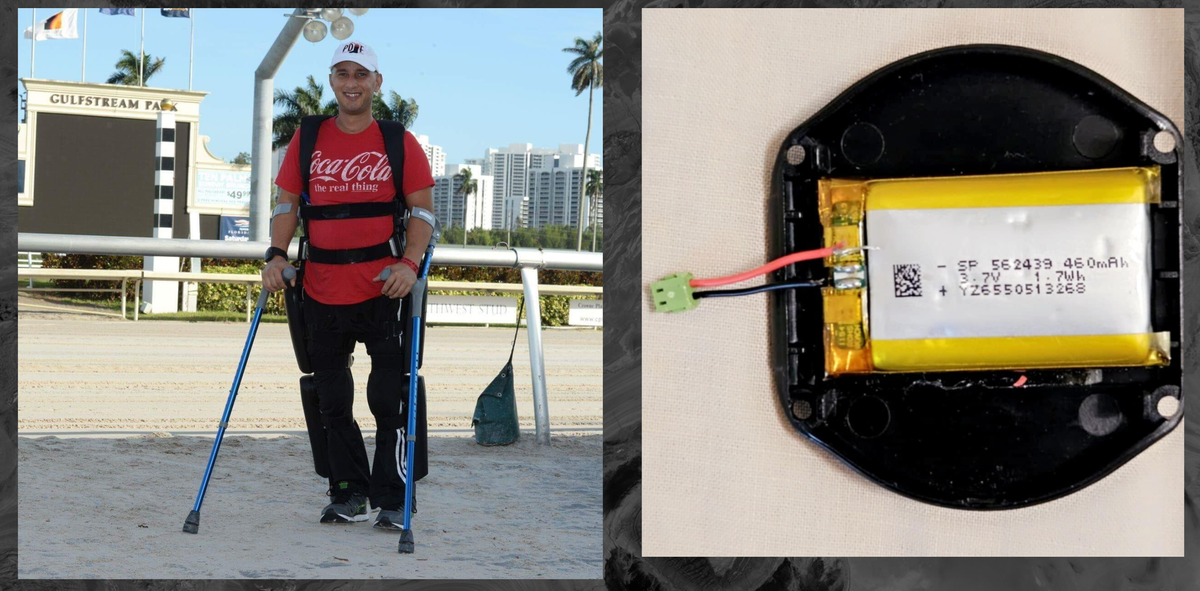Apologies for posting a pay walled article. Consider subscribing to 404. They’re a journalist-founded org, so you could do worse for supporting quality journalism.
Trained repair professionals at hospitals are regularly unable to fix medical devices because of manufacturer lockout codes or the inability to obtain repair parts. During the early days of the COVID-19 pandemic, broken ventilators sat unrepaired for weeks or months as manufacturers were overwhelmed with repair requests and independent repair professionals were locked out of them. At the time, I reported that independent repair techs had resorted to creating DIY dongles loaded with jailbroken Ukrainian firmware to fix ventilators without manufacturer permission. Medical device manufacturers also threatened iFixit because it posted ventilator repair manuals on its website. I have also written about people with sleep apnea who have hacked their CPAP machines to improve their basic functionality and to repair them.
PS: he got it repaired.



If you’ve got a broken insulin pump, assuming you’re in a country with a functioning healthcare system, you should have been given a spare pump with the original, and probably some insulin pens, so when one breaks, you fall back to the spare, and get given a new one to be the new spare (or could get the broken one repaired). Using the spare is completely safe.
If you don’t have a spare, your sugars would go up over several hours, but you’d have a day or two to get to a hospital and potentially several days after that for someone to find you and get you to a hospital, so it’s not safe, but also not something you’d die from if you had any awareness that there was a problem.
If you’ve got an incorrectly-repaired pump, you could have it fail to give you enough insulin, and end up with higher sugars, notice the higher sugars, and then switch to the spare. That’d be inconvenient, but not a big deal. However, you could also have it dump its entire cartridge into you at once, and have your sugars plummet faster than you can eat. If you don’t have someone nearby, you could be dead in a couple of hours, or much less if you were, for example, driving. That’s much more dangerous than having no insulin at all.
Prosthetic legs don’t have a failure mode that kills you, so a bad repair can’t make them worse than not having them at all, but insulin pumps do, so a bad repair could.
I’m glad you mentioned insulin pumps, because there is a community of developers working on pumps, making them available to a broader audience, providing more people with better control over their blood sugar levels than manufacturers are willing or able to provide on their own.
https://openaps.org/
What you are arguing for is a threat to systems like OpenAPS, and to the people who benefit from them.